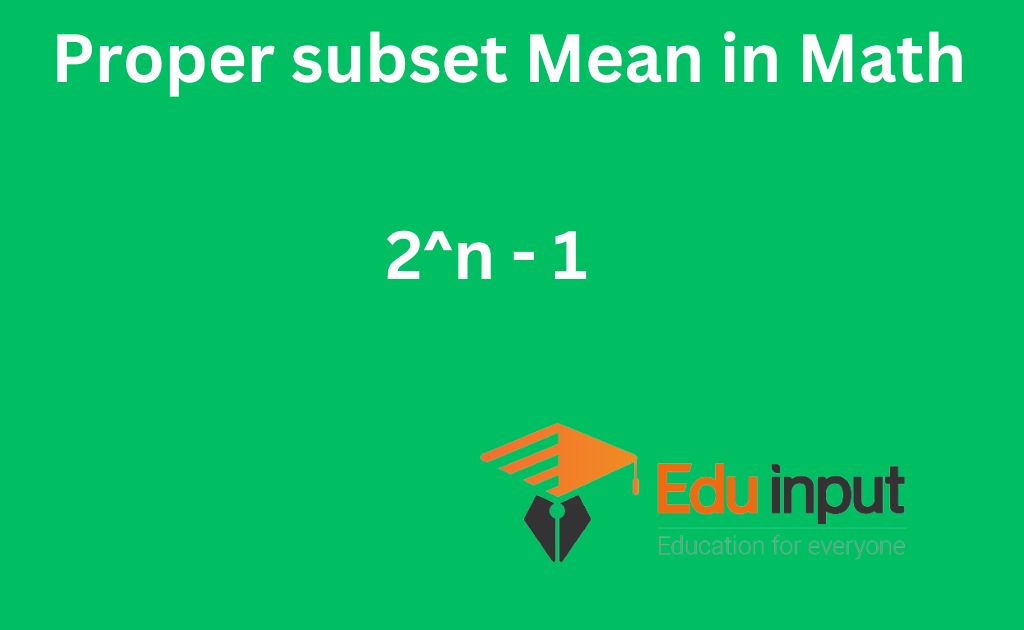Roster Form of a Set-Definition, Venn Diagram, And Limitation
Roster notation of a set is a simple mathematical denote of the set in mathematical form. In the roster form, the members or elements of a set are listed in a row inside the curly brackets. Every two elements by a comma separation symbol in a roster notation if the set contains more than one element.
The roster form is said to be the enumeration notation as the enumeration is done one after one. In this article, we will describe the roster form of a set by understanding the use of roster notation, various types of numbers used in roster form, and how to apply them while solving problems.
What is Roster Notation?
In roster notation, the elements of a set are denoted in a row surrounded by curly brackets and if the set contains more than one element then every two elements are separated by commas.
For example:
if A is the set of the first 12 natural numbers so it can be denoted by: A = {1, 2, 3, 4, 5, 6, 7, 8, 9, 10,11,12}
Roster form set Notation
A method of listing the members of a set in a row with elements separated by commas within curly brackets is called the roster notation. An example of the roster form in set notation represent is given below:

Roster form from Venn diagram
The roster form is one of the most simple ways to represent the members of a set. The elements can be indicated in a row and are easy to read and understand.
For example:
The set of even numbers can be represented in roster notation like:
A={2,4,6,8,…..}
The set of odd numbers can be represented in roster notation like:
A={1,3,5,7,……}
Given below are 3 Venn diagrams representing three distinct sets. Let us denote them in roster form step-wise.
- Set A contains only a single element hence the elements in roster form can be denoted with curly brackets ⇒ A = {2}.
- Set B contains multiple elements hence the elements can be denoted in roster form as B = {5, 3, 4, , 6, 11}
- The members of set C can be denoted in roster form as C = {x, y, z}

Limitations of Roster Notation
One of the limitations of roster notation is that we cannot indicate a large number of data in roster form.
For example: if we want to indicate the first 100 or 200 natural numbers in a set B then it is hard for us to indicate this much data in a single row.
This limitation can be overcome by denoting data with the help of a dotted line. Take a set of the first 100 positive odd numbers and indicate using roster notation.
B = {1, 3, 5, 7, ….., 199}
The dotted line represents that the numbers are part of set B but not written in roster notation. When we indicate large numbers of elements in a set using roster form we usually write the first few elements and the last element and we separate these members with a comma.
Let’s take a set of all the English alphabets, it can be denoted in roster form as:
C = {a, b, c, d, ……., z}
If any set has an infinite number of elements like the set of all the even positive integers, it can be denoted in roster form like:
D = {2, 4, 6, 8, ……}
We simply can represent the rest of the numbers with a dotted line since there is no end to positive even numbers, we have to keep it like this.
Summary
- In the roster form, the elements of a set are listed in a row inside the curly brackets.
- The roster form is also said the enumeration form.
- The roster form for an empty or the null set is denoted by ∅.

 written by
written by 



Leave a Reply